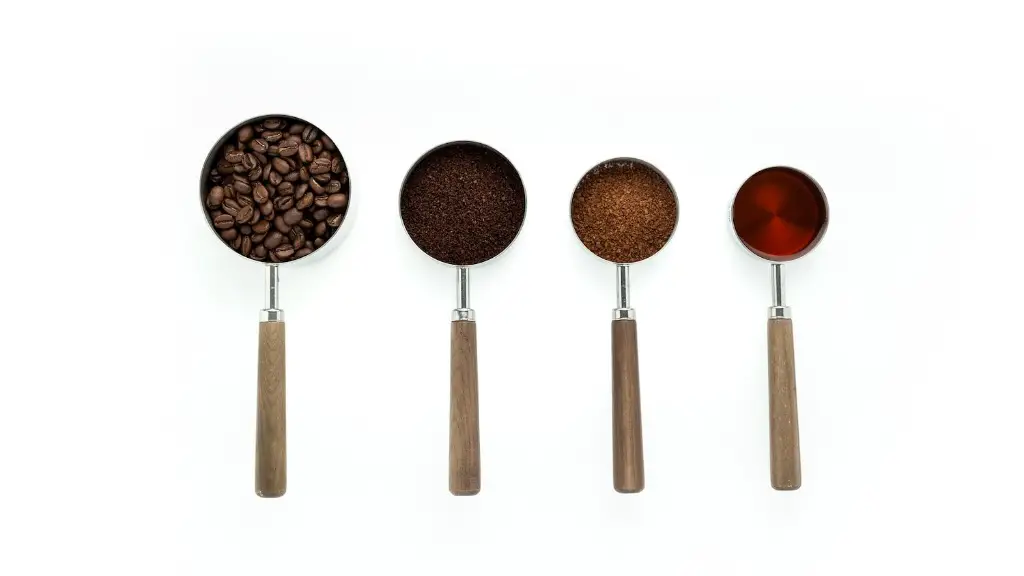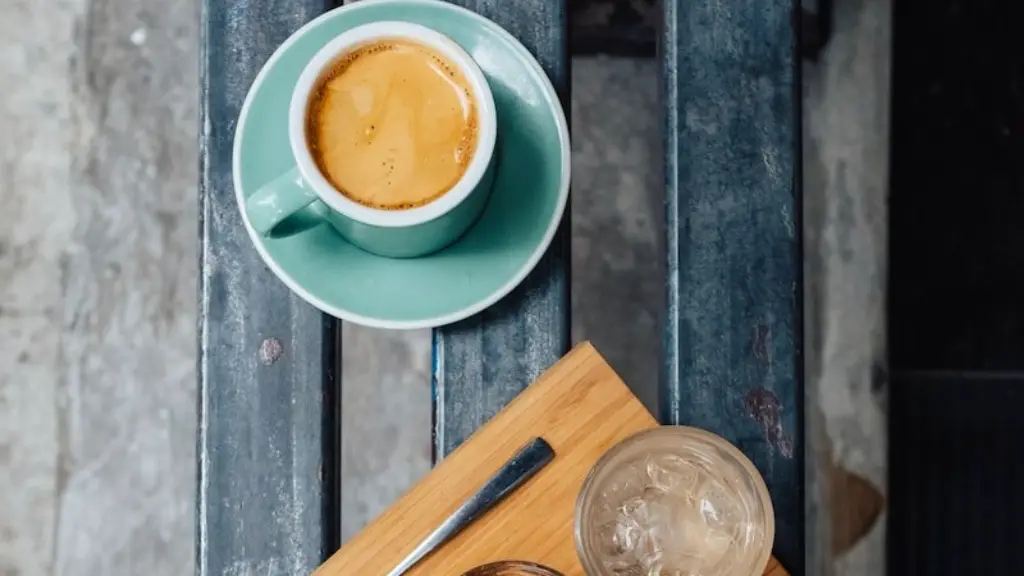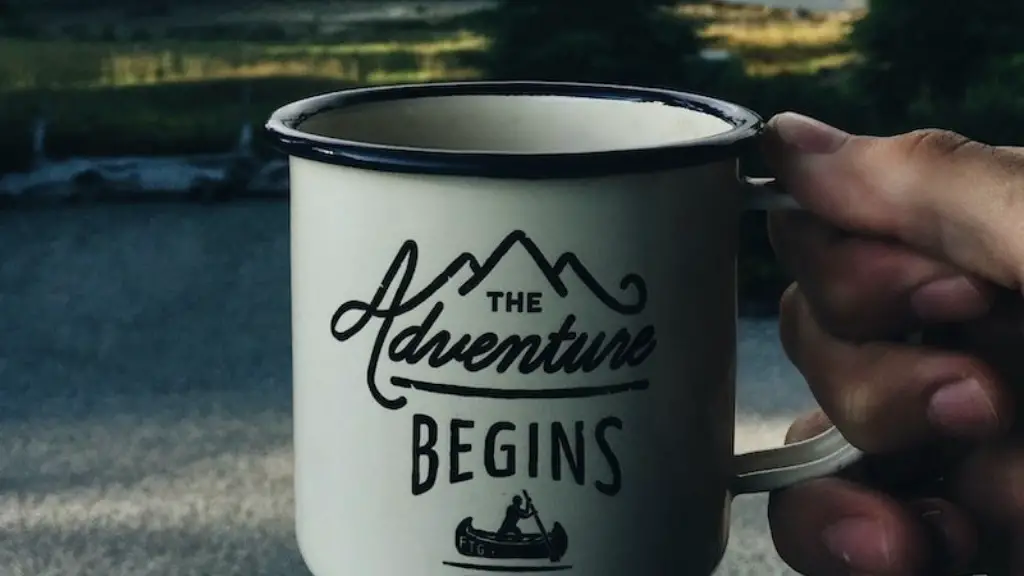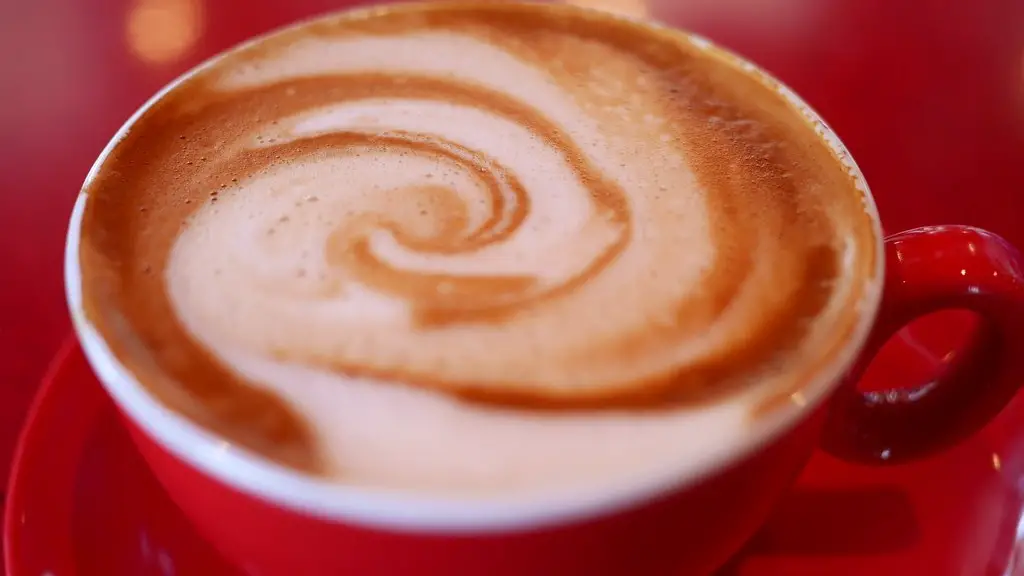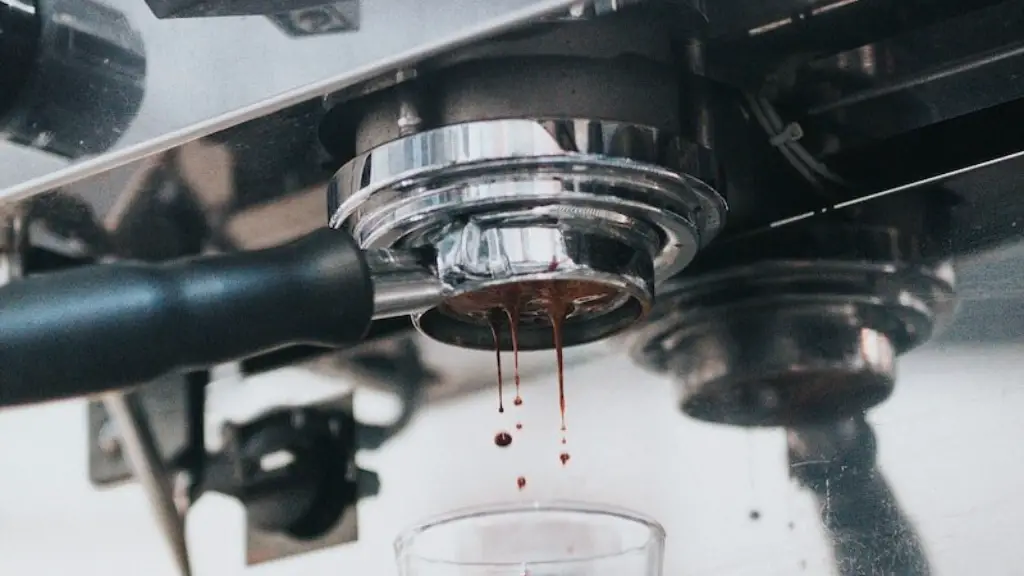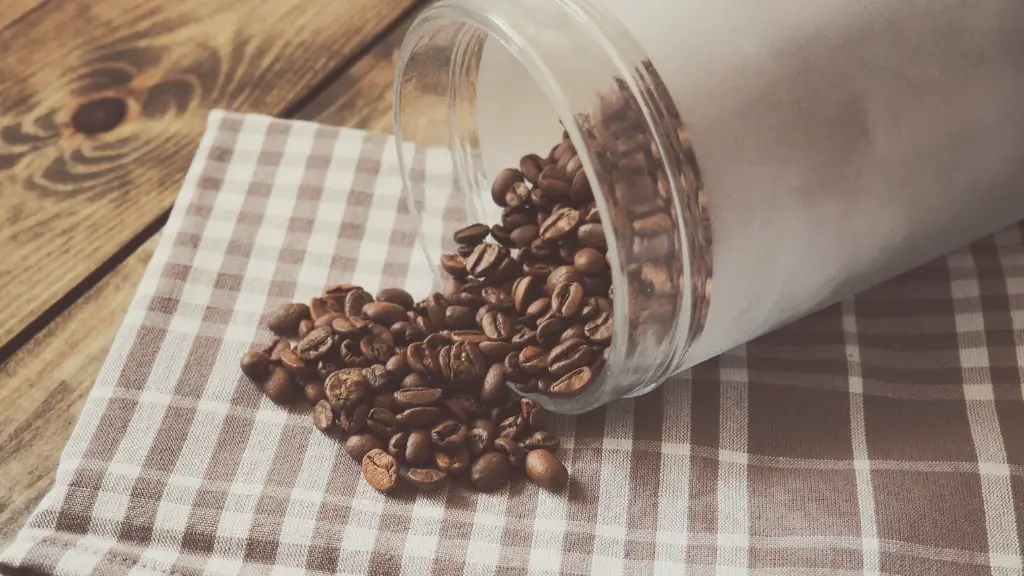Introduction: What is a Grande at Starbucks?
Starbucks’s Grande is one of the most popular sizes of coffee that the world-renowned coffee chain offers. In the United States, Grande refers to the 16 ounces (473ml) cup size. This is the standard size of a hot or cold brew. It is also referred to as a ‘medium’ in other countries apart from the U.S.
How Much Coffee is Used in a Grande?
A Grande at Starbucks is typically brewed with two shots of espresso. The total amount of coffee used in a Grande is usually between 16-18 grams. For the average daily espresso-based beverage, this is enough to keep you going without too much of a caffeinated kick.
Interestingly, Starbucks also uses fewer coffee beans in its tall size cup (12 ounches) than it does in its Grande size (16 ounces). A tall size is brewed with a single shot of espresso, as well as a smaller amount of milk.
Other Factors to Consider
The amount of coffee that is used in a Grande at Starbucks can be affected by the type of coffee that is used. For example, light roast coffees tend to require more coffee than dark roast. However, dark roast coffees can still be made with two shots of espresso, like a Grande.
The milk content in a Grande is also a factor to consider when trying to estimate the amount of coffee used. The type of milk used will also be a factor. Whole milk and almond milk will add more depth to the flavour and sweetness of the coffee. On the other hand, skim milk and coconut milk will tend to add less sweetness and less flavour to the coffee.
Expert Perspective
Experts in the coffee industry agree that the amount of coffee used in a Grande can vary, depending on many factors. Coffee professionals suggest that the key to making a quality cup of coffee is to experiment with the amount of coffee that is used, as well as the grind size. Different coffee beans will require different amounts of coffee and grind settings in order to make a delicious cup of coffee.
Coffee experts agree that the most important aspect of making a great cup of coffee is the extraction, or the process by which water interacts with the coffee grounds. The extraction process will also affect the flavour, taste, and intensity of the coffee.
Analysis and Insight
It is interesting to note that Starbucks uses different amounts of coffee for its different cup sizes. This is most likely due to the size of the cup and the desired level of intensity of the coffee. While a Grande usually has two shots of espresso, a tall has only one shot. This allows the barista to control the intensity of the coffee without over-extracting.
It is also important to remember that different coffee beans will require different grind settings and amounts of coffee in order to create a balanced and delicious cup of coffee. The key to making a great cup of coffee is experimentation and adjusting variables such as the grind size and coffee to water ratio.
Types of Caffeine
The type of caffeine that is present in coffee beans is also an important factor when considering the amount of coffee used in a Grande at Starbucks. The two most common types of caffeine that are present in the coffee bean are caffeine anhydrous and caffeine hydrochloride. Caffeine anhydrous is the most common type and is the type that is found in most coffee beans. Caffeine hydrochloride, on the other hand, is a less common type that is used in some specialty coffee beans.
Caffeine anhydrous has a higher level of caffeine than caffeine hydrochloride, as well as a slower release rate. This is why coffee made with caffeine anhydrous will have a long-lasting and intense caffeine kick. On the other hand, coffee made with caffeine hydrochloride will tend to have a less intense and shorter lasting caffeine kick.
Brew Method
Another factor to consider when estimating the amount of coffee used in a Grande at Starbucks is the brew method. Different brewing methods will use different amounts of coffee in order to extract the desired flavours and aromas.
For example, espresso-based beverages are brewed with more coffee than other brewing methods, such as pour-over or French Press. This is due to the high pressure that is used when making espresso-based beverages. The high pressure helps to draw more flavour and aromas out of the coffee beans.
Moreover, different brewing methods will require different grind settings in order to make a great cup of coffee. The grinder settings should be adjusted based on the characteristics of the coffee bean. For example, dark roast coffees should have a slightly finer grind setting, while lighter roast coffees should have a coarser grind setting.
Brew Time
Brew time is also another factor to consider when estimating the amount of coffee used in a Grande at Starbucks. The longer the brew time, the more coffee that will be used. This is because a longer brew time allows more flavour and aromas to be extracted from the coffee beans.
For example, an espresso-based beverage that is brewed too quickly will be weaker and less flavourful. On the other hand, a beverage that is brewed for too long will tend to be over-extracted and bitter.
Amount of Espresso Used
The amount of espresso used in a Grande at Starbucks is also an important factor to consider. Generally, two shots of espresso is the standard for a Grande. However, some baristas will use more shots of espresso in order to make a stronger and more flavourful cup of coffee.
Moreover, the shots of espresso can be split up between two shots or three shots. Single-shot espresso is usually made with 12.5g of ground espresso, while double-shot espresso is usually made with 18-20g of ground espresso. Triple-shot espresso, on the other hand, is usually made with 25-30g of ground espresso.
Variation in Coffee to Water Ratio
The coffee to water ratio can also affect the amount of coffee that is used in a Grande latte. Typically, a 1:2 coffee to water ratio (1 part coffee, 2 parts water) is used in order to create a balanced and flavourful cup of coffee. However, some baristas may opt for a higher coffee to water ratio if they are looking for a stronger and more intense cup of coffee.
Moreover, different brewing methods will require a different coffee to water ratio in order to make a great cup of coffee. For example, pour-over coffee is usually brewed with a 1:15 coffee to water ratio, while French Press coffee is usually brewed with a 1:15-1:17 coffee to water ratio.
Grind Size
The grind size is one of the most important factors when considering the amount of coffee used in a Grande at Starbucks. The grind size will affect the extraction rate of the coffee, as well as the complexity of the coffee.
Generally, coffee beans should be ground to a slightly coarser size than sugar or sand. This allows enough surface area of the coffee to be exposed and extracted, while preventing it from becoming over-extracted and bitter. The grind size should also be adjusted based on the type of coffee bean and the brew method.
Caffeine Content
The caffeine content in a Grande at Starbucks is also an important factor to consider. On average, a Grande cup of coffee brewed with two shots of espresso can have anywhere from 120-180mg of caffeine. This will depend on the type of coffee beans used, as well as the coffee to water ratio, brew time, and grind size.
It is important to note that caffeine content can vary greatly depending on the type of coffee that is used. Generally, light roast coffees have a higher caffeine content than dark roast. This is because light roast coffees have a much higher caffeine to water ratio than dark roast coffees.
